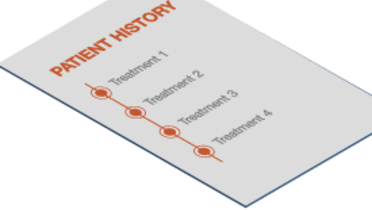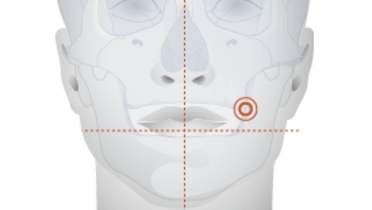-
0
Patient Assessment
- 0.1 Patient demand
- 0.2 Overarching considerations
- 0.3 Local history
- 0.4 Anatomical location
- 0.5 General patient history
-
0.6
Risk assessment & special high risk categories
- 5.1 Risk assessment & special high risk categories
- 5.2 age
- 5.3 Compliance
- 5.4 Smoking
- 5.5 Drug abuse
- 5.6 Recreational drugs and alcohol abuse
- 5.7 Parafunctions
- 5.8 Diabetes
- 5.9 Osteoporosis
- 5.10 Coagulation disorders and anticoagulant therapy
- 5.11 Steroids
- 5.12 Bisphosphonates
- 5.13 BRONJ / ARONJ
- 5.14 Radiotherapy
- 5.15 Risk factors
-
1
Diagnostics
-
1.1
Clinical Assessment
- 0.1 Lip line
- 0.2 Mouth opening
- 0.3 Vertical dimension
- 0.4 Maxillo-mandibular relationship
- 0.5 TMD
- 0.6 Existing prosthesis
- 0.7 Muco-gingival junction
- 0.8 Hyposalivation and Xerostomia
- 1.2 Clinical findings
-
1.3
Clinical diagnostic assessments
- 2.1 Microbiology
- 2.2 Salivary output
-
1.4
Diagnostic imaging
- 3.1 Imaging overview
- 3.2 Intraoral radiographs
- 3.3 Panoramic
- 3.4 CBCT
- 3.5 CT
- 1.5 Diagnostic prosthodontic guides
-
1.1
Clinical Assessment
-
2
Treatment Options
- 2.1 Mucosally-supported
-
2.2
Implant-retained/supported, general
- 1.1 Prosthodontic options overview
- 1.2 Number of implants maxilla and mandible
- 1.3 Time to function
- 1.4 Submerged or non-submerged
- 1.5 Soft tissue management
- 1.6 Hard tissue management, mandible
- 1.7 Hard tissue management, maxilla
- 1.8 Need for grafting
- 1.9 Healed vs fresh extraction socket
- 1.10 Digital treatment planning protocols
- 2.3 Implant prosthetics - removable
-
2.4
Implant prosthetics - fixed
- 2.5 Comprehensive treatment concepts
-
3
Treatment Procedures
-
3.1
Surgical
-
3.2
Removable prosthetics
-
3.3
Fixed prosthetics
-
3.1
Surgical
- 4 Aftercare
Risk assessment & special high risk categories, overview
Key points
- A risk assessment is mandatory for each patient treatment
- Consider risks in general health, local/oral conditions, patient demands, functional and esthetic outcome, patient behavior and compliance
- In uncertain situations consider additional, professional advice e.g. from internist/family doctor advice
- Ensure comprehensive patient information and sound documentation
Treatment risk assessment
A thorough risk assessment forms the cornerstone of successful patient treatment.
Four key sources of information permit the clinician to identify pertinent risks and to determine the seriousness of each risk:
- The patient’s general medical health such as certain systemic conditions: Age, diabetes, cardiovascular diseases etc., including related medication
- The patient’s oral health and local conditions such as periodontitis or parafunctions
- The patient interview
- The patient's behavioral conditions such as smoking, psychological/psychiatric profile or drug abuse
The patient interview and assessment will expose the functional and esthetic outcome and patient expectations, bone condition and dimensions, anatomical limitations (refer also to chapter anatomical location).
Treatment risk vs. Contra-indication
Some conditions may have different degrees of severity and therefore will not always present with clear symptoms or a clear clinical picture. In light of these levels, the resulting treatment risks may be lower or higher or even result in a contra-indication. Depending on the situation, consider consulting other medical professionals, e.g. internist/family doctor. Thorough and comprehensive patient information on the existing risks and consequences of the treatment and appropriate documentation is critical. Many key areas of risk are presented and discussed in other documents within the Patient Assessment section of these treatment guidelines.





